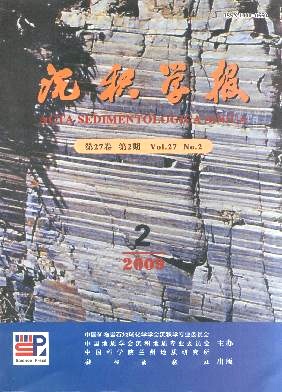The Multimodal GrainSize Distribution Characteristics of Loess, Desert, Lake and River Sediments in Some Areas of Northern China
- Received Date: 1900-01-01
- Rev Recd Date: 1900-01-01
- Publish Date: 2009-04-10
-
Key words:
- Loess
Abstract: By using highresolution laser grain size instrument Mastersizer 2000, the multimodal characteristics of grain size distribution of loess, desert, lake and river sediments are measured and carefully studied. The standard patterns and their grain size characteristics of various sediments are systemically summarized, the discrepancies of multimodal distribution among these sediments are concluded and the comparisons of grain size multimodal distribution of them are also discussed in this paper. The major conclusions are followed: 1)The multimodal characteristic of grain size distribution is a common feature in all sediments and results from properties of transportation medium, dynamic intensity, transportation manner and other factors; 2) There are three modes in loess grain size distribution: fine, median and coarse (the median size is <1 μm,1~10 μm,10~70 μm, respectively) and suspended particles which diameters are less than 70 μm are dominant; 3) There is a predominant coarse saltation mode in grain size distribution of sandy dunes, which median size is about 100~300 μm and the content is larger than that of other modes; 4) There are 6 modes (median size are <1 μm, 2~10 μm, 10~70 μm, 70~150 μm, 150~700 μm, >700 μm respectively) in grain size distribution of lake sediments. The former 4 modes are suspense and others are saltated and rolling. Lake sediments can be divided into three types: lake shore facies, transitional facies and central lake facies; 5) The grain size distribution of river sediments is the most complex and it's consist of suspension, saltation and rolling modes.6) The windblown depositions and aqueous sediments of predominant mode gradually decreases form sandy dunes to loess and river to lake sediments. But the grain size of modes of windblown depositions is usually finer than that of corresponding modes of aqueous sediments.
| Citation: | YIN Zhiqiang. The Multimodal GrainSize Distribution Characteristics of Loess, Desert, Lake and River Sediments in Some Areas of Northern China[J]. Acta Sedimentologica Sinica, 2009, 27(2): 343-351. |






 DownLoad:
DownLoad: